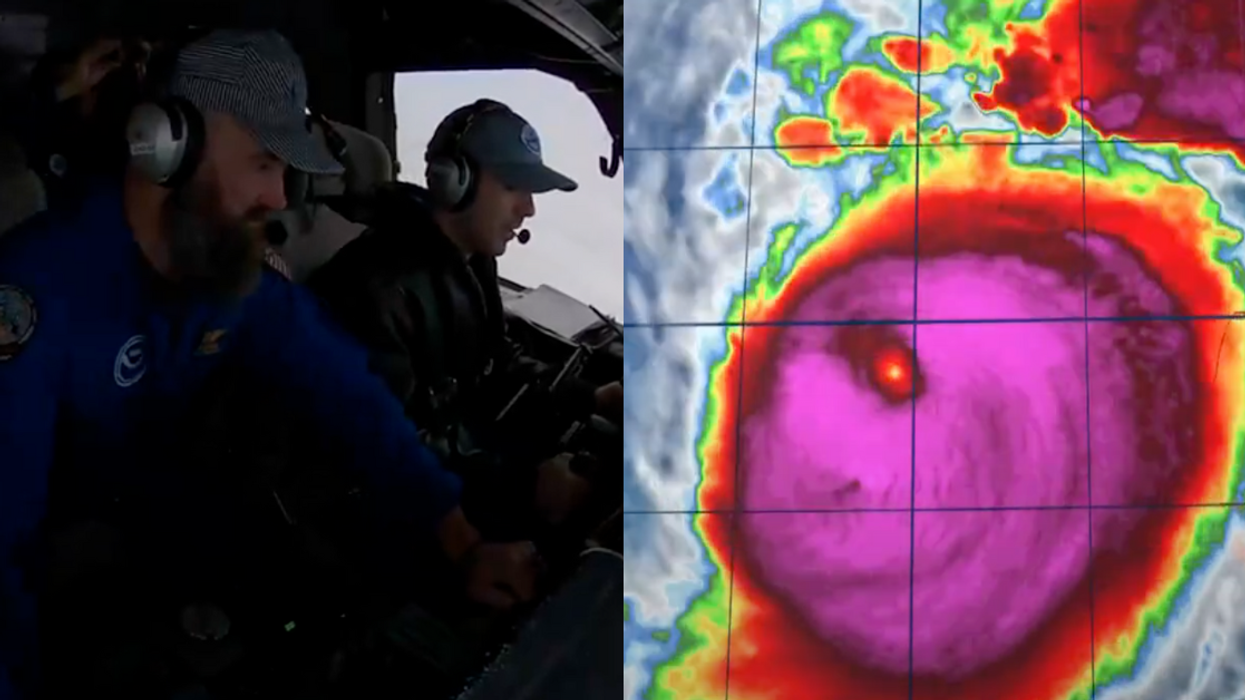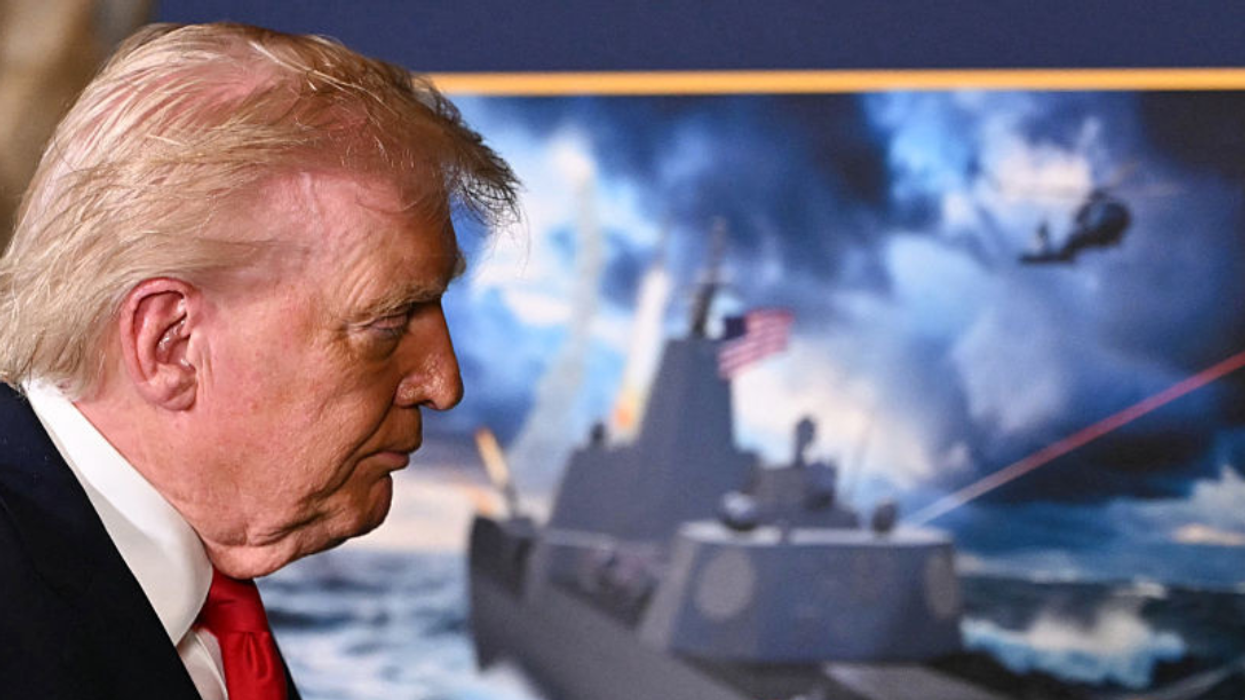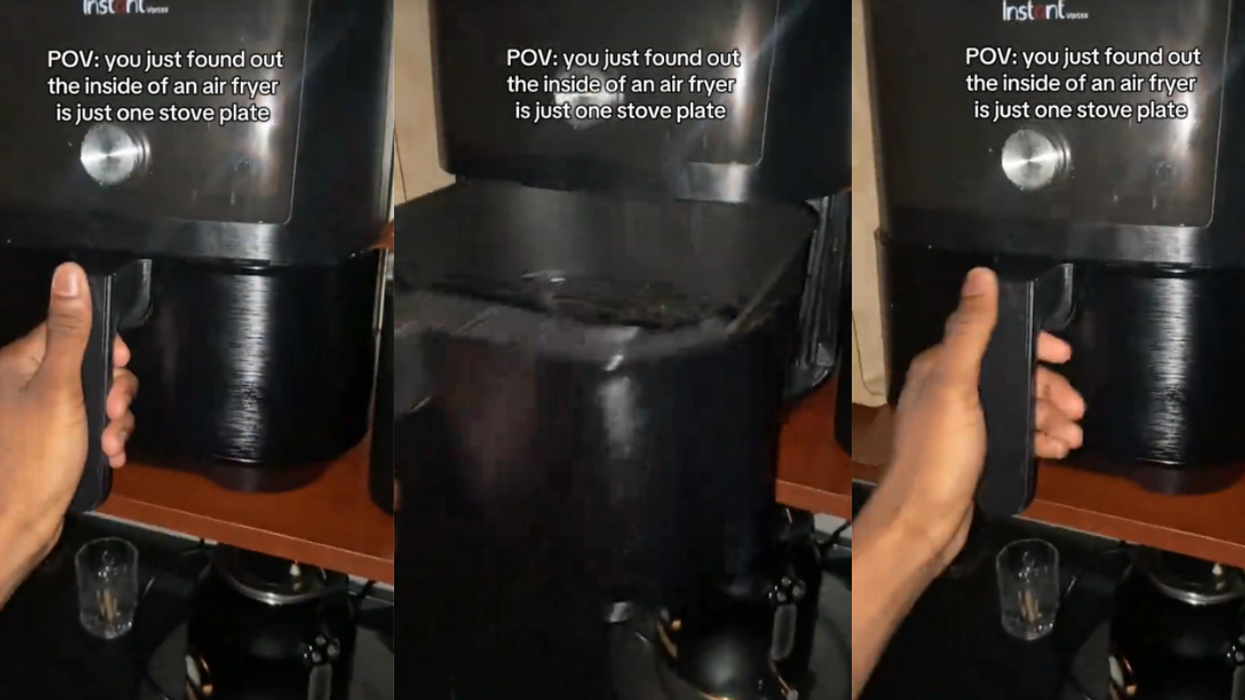The National Oceanic and Atmospheric Administration (NOAA) paid tribute to radar scientist and researcher Peter Dodge by dropping his cremated remains from a plane into the eye of Hurricane Milton—and people are in awe.
The flight that carried Dodge's remains was part of research into the storm. A Florida resident, Dodge celebrated 44 years of federal service before his death last year. He had advanced expertise in radar technology and collaborated with the National Hurricane Center and Aircraft Operations Center on land-based and airborne radar research, according to the NOAA meteorological laboratory.
The lab noted that during hurricane seasons, Dodge served as the onboard radar scientist on hurricane missions. He also designed flight modules and coordinated with research landfall teams to gather data using mobile weather platforms, contributing to efforts to better understand the evolution of hurricanes' structures.
Throughout his career, Dodge received the Department of Commerce Bronze Medal, two NOAA Administrator Awards, and the Army Corps of Engineers Patriotic Civilian Service Award.
On Dodge's final flight on Tuesday, the Hurricane Hunters were collecting data inside, above, and around Hurricane Milton to provide critical and real-time information to the National Hurricane Center and other modelers and forecasters.
The videos of NOAA's team flying "Miss Piggy"—the name of the plane—into the eye of the storm have gone viral.
Michael Lowry, a hurricane specialist and storm surge expert at WPLG in Miami, shared on X that a vortex data message sent by the plane to record information about Milton included a tribute to Dodge’s final mission.
The message read, “PETER DODGE HX SCI (1950-2023) 387TH PENNY,” with “387th” indicating the number of flights he completed. Lowry described the act of scattering the esteemed meteorologist’s ashes into Milton’s eye, along with the data message, as a “beautiful tribute.”
Many were moved by NOAA's efforts and paid tribute to Dodge themselves.
Shirley Murillo, deputy director of the Hurricane Research Division at NOAA’s Atlantic Oceanographic and Meteorological Laboratory, said of Dodge:
“Peter truly had an unyielding passion for participating in field activities, including flying, and an insatiable curiosity for research. By releasing his ashes into Hurricane Milton, we sought to honor his memory and his spirit of teamwork, adventure and curiosity.”
Dodge, who was 73, notably contributed to an academic paper on Hurricane Katrina, which devastated New Orleans in 2005 and resulted in $125 billion in damages. The paper modeled the forces associated with winds, waves, and storm surge to enhance understanding of the performance of flood control systems.




























 replying to @elonmusk/X
replying to @elonmusk/X replying to @elonmusk/X
replying to @elonmusk/X replying to @elonmusk/X
replying to @elonmusk/X replying to @elonmusk/X
replying to @elonmusk/X
 Barry Manilow/Facebook
Barry Manilow/Facebook Barry Manilow/Facebook
Barry Manilow/Facebook Barry Manilow/Facebook
Barry Manilow/Facebook Barry Manilow/Facebook
Barry Manilow/Facebook Barry Manilow/Facebook
Barry Manilow/Facebook Barry Manilow/Facebook
Barry Manilow/Facebook Barry Manilow/Facebook
Barry Manilow/Facebook Barry Manilow/Facebook
Barry Manilow/Facebook Barry Manilow/Facebook
Barry Manilow/Facebook Barry Manilow/Facebook
Barry Manilow/Facebook Barry Manilow/Facebook
Barry Manilow/Facebook